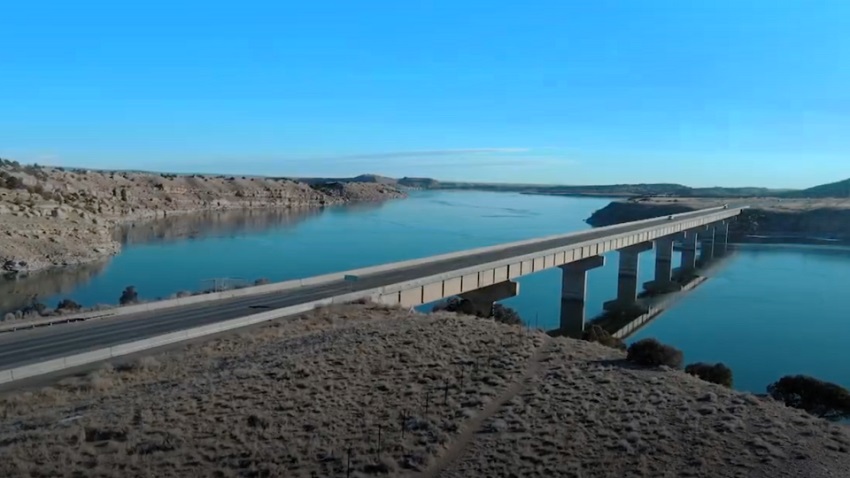Ogden, Utah – A new project led by the Utah Department of Transportation (UDOT) will soon introduce significant wildlife safety measures along US-40 near Starvation Reservoir in Duchesne County. With the help of a $9.6 million federal grant, the project aims to reduce wildlife-vehicle collisions by installing 23 miles of wildlife fencing and constructing a new wildlife underpass.
According to UDOT data, wildlife-related crashes have been a persistent issue along this stretch of highway, with 60% of crashes in the past seven years involving animals. The new measures are designed to address this problem and improve both road safety and wildlife migration.
“These wildlife crossings are crucial for safety,” said Matt Howard, UDOT’s Natural Resources Manager. “Every time an animal crosses under one of these crossings, it is one less animal on the road and one less threat to both itself and Utah motorists.”
In addition to the new wildlife fencing and underpass, the federal grant will also fund retrofitting three existing wildlife underpasses in the area, further enhancing the safety features along this important route.
This project is part of a broader initiative by UDOT and the Utah Department of Natural Resources (DNR) to reduce wildlife-vehicle collisions statewide. Over the past several years, the two agencies have constructed more than 60 wildlife crossings across Utah, with the goal of improving both human and animal safety.
Makeda Hanson, the wildlife migration initiative coordinator with the Utah Department of Wildlife Resources, emphasized the critical role of US-40 in wildlife movement. “Roadkill reports indicate that animals attempting to cross the busy road are being hit at concerning rates,” Hanson said. “The new fencing will help funnel wildlife to safe crossing locations, connecting their habitats across this route. We’re excited to continue working with UDOT on these vital projects.”
The new wildlife crossings are expected to play a key role in addressing the challenges posed by US-40, which has long been a barrier to animal migration. By reducing wildlife-vehicle collisions, the project aims to enhance both safety and the movement of wildlife across this increasingly busy road.

